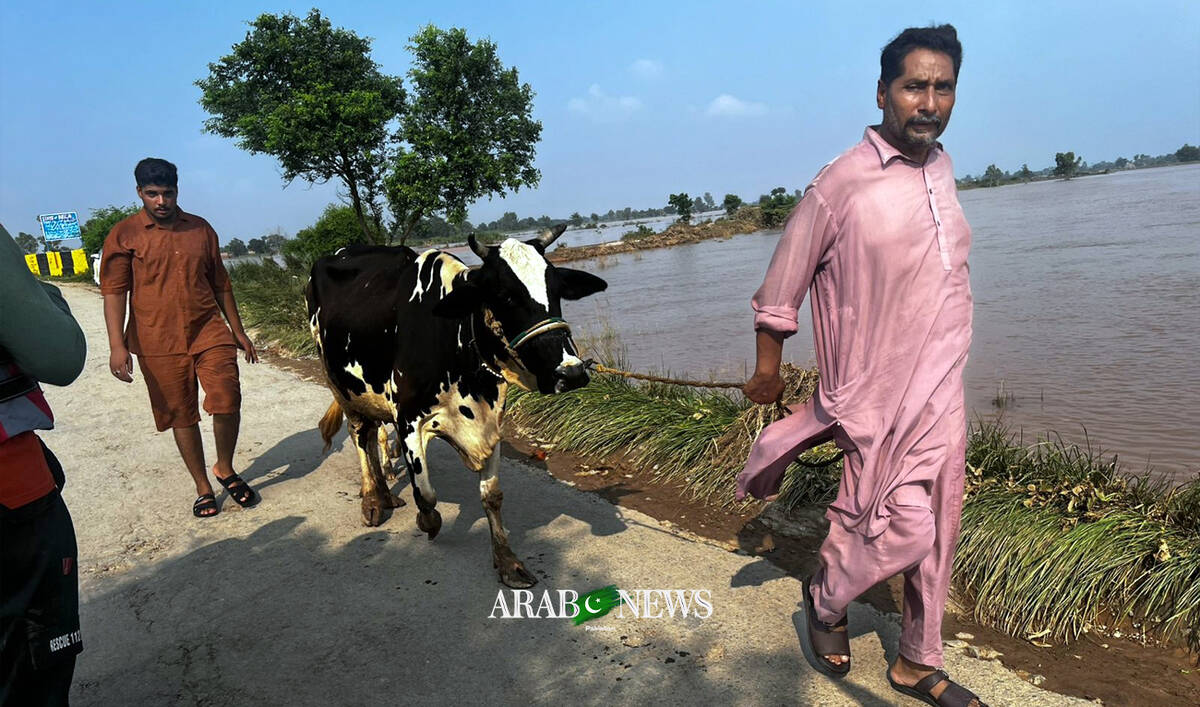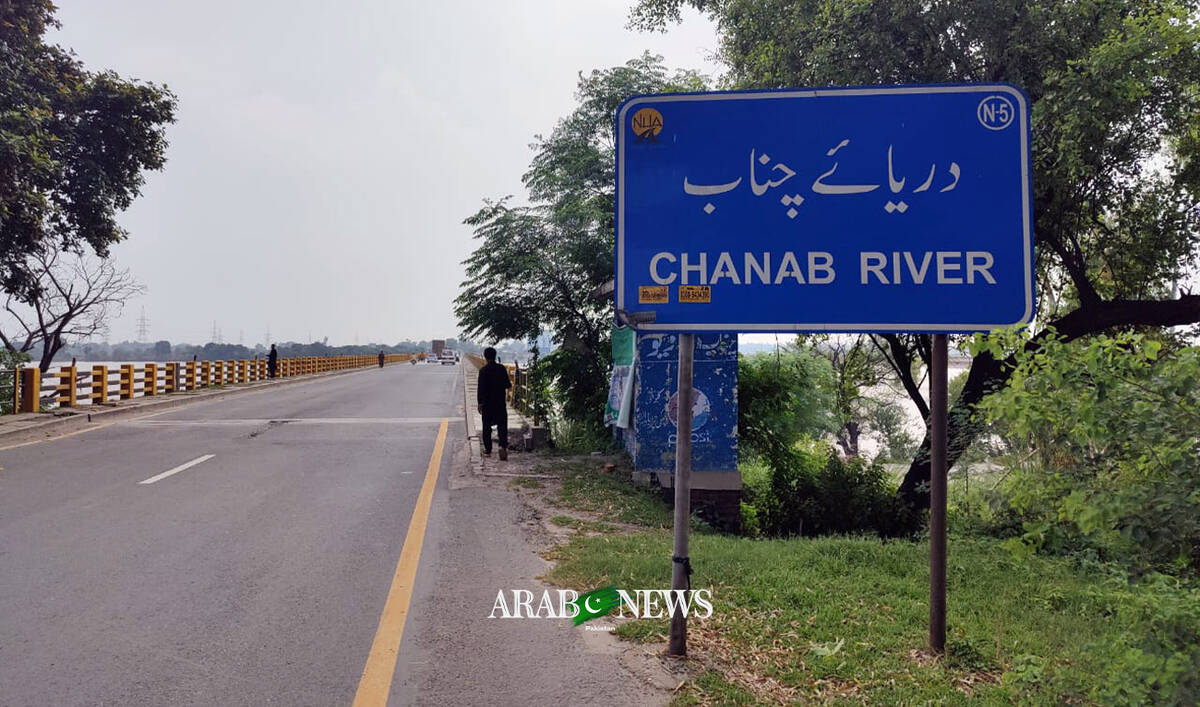Rawalpindi, PAKISTAN: Pawan Raj stepped through thick, untamed bushes into an unmarked, whitewashed structure and slipped off her shoes at the entrance. Inside, a worn carpet covered broken cement and chapped walls told a story of decades of neglect.
This is the Maharishi Valmiki Swamiji Mandir, built in 1935 in RawalpindiÔÇÖs Gracy Lines neighborhood and one of two Hindu temples in the garrison city. The cityÔÇÖs Hindu families still gather here, grateful the religious sanctuary has endured through decades of upheaval, migration, and abandonment.┬á
ÔÇ£I consider myself lucky,ÔÇØ Pawan, 36, told Arab News, arranging incense sticks before the idol of the revered Hindu sage, Maharishi Guru Valmiki Bhagwan.┬á
ÔÇ£My Hindu friends in neighboring Islamabad arenÔÇÖt so fortunate. They have no temple of their own.ÔÇØ
Indeed, Islamabad has no functional Hindu temple, which means many of the capital cityÔÇÖs residents travel to neighboring Rawalpindi to worship at the Valmiki Mandir.
ÔÇ£We do not have a temple in Islamabad,ÔÇØ confirmed Pandit Rakhesh Chand, chairman of the Pakistan Sanatan Dharam, a welfare council representing Hindus in the capital.┬á
ÔÇ£So, the Hindus of Islamabad are facing a lot of difficulty ... they have to go to Rawalpindi.ÔÇØ
In IslamabadÔÇÖs Saidpur Village, a centuries-old shrine to the Hindu god Ram still stands, but worship has not been allowed there since 1947. Visitors can tour the site, its idols long removed, and the shrine is now largely absorbed into a tourist strip of restaurants and handicraft stores.
Before Partition in 1947, Hindus and Sikhs formed a large share of RawalpindiÔÇÖs population, with several temples serving the community.
ÔÇ£We had two to three mandirs [temples] in the cantonment area,ÔÇØ recalled Budh Raj, 76, the custodian of the Maharishi Valmiki Swamiji Mandir in Rawalpindi. ÔÇ£After the Hindu population migrated, the temples were left vacant.ÔÇØ
Budh added that the land originally allocated for the Mandir had been reduced over time due to encroachments.
ÔÇ£In 1935, our temple was built. Our elders worked on this temple, there was a lot of space for the temple,ÔÇØ Raj said.┬á
ÔÇ£Wherever you see, temples always have a lot of space, but all the space has been taken over by our people, those who have [encroached]. Whatever they gave us, that is all we have left [for the temple],ÔÇØ he lamented.
STALLED PROMISE
In 2020, thenÔÇôprime minister Imran Khan approved Rs100 million ($354,377) for IslamabadÔÇÖs first Hindu temple, the Shri Krishna Temple. Soon after, LahoreÔÇÖs Jamia Ashrafia seminary issued a decree calling the construction a ÔÇ£non-permissible act.ÔÇØ┬á
The matter went to PakistanÔÇÖs Council of Islamic Ideology, which advises the government on the compatibility of laws and directives with Islamic injuctions. The Council approved construction but recommended that the government not spend public funds directly on a private place of worship.┬á
Four years on, the designated plot remains vacant.
Kheal Das Kohistani, PakistanÔÇÖs state minister for religious affairs, said the government financed renovations of existing places of worship but not new construction.┬á
ÔÇ£There is a specific amount for the old ones, historical ones,ÔÇØ he clarified. ÔÇ£The government of Pakistan does not build a new mandir anywhere.ÔÇØ
Kohistani acknowledged the difficulties Hindus faced in Islamabad and pledged to raise the stalled project with the interior ministry and the Capital Development Authority. 
Back at the Valmiki Mandir, Pawan Raj said a temple in the capital would spare families long trips for routine prayers and rites of passage. 
ÔÇ£People in Islamabad face a lot of difficulties,ÔÇØ she said. ÔÇ£I want there to be a temple there.ÔÇØ



















